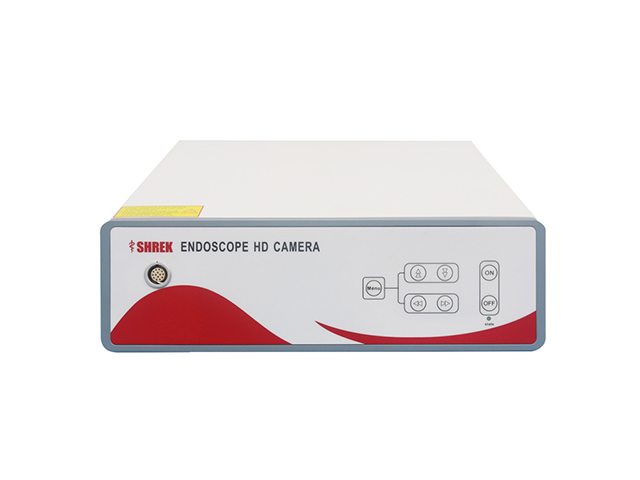SHREK NEWS
What is ureteroscopy? What is the role of ureteroscopy?

Ureteroscopy is a medical procedure that involves using a small, flexible or rigid instrument called a ureteroscope to examine and treat the inside of the ureter and kidney. The ureter is the tube that connects the kidney to the bladder and is responsible for draining urine from the kidney into the bladder.
During the ureteroscopy procedure, the ureteroscope is passed through the urethra and into the bladder, and then up into the ureter. The ureteroscope contains a light and a small camera, which allows the doctor to visualize the inside of the ureter and kidney on a monitor.
The role of ureteroscopy includes both diagnostic and therapeutic purposes:
Diagnostic purposes: Ureteroscopy can help diagnose conditions such as kidney stones, tumors, strictures, and other abnormalities in the urinary tract. The doctor can take biopsies or collect samples for further examination during the procedure.
Therapeutic purposes: Ureteroscopy can also be used to treat various urinary tract conditions. For example, if a kidney stone is present, the doctor may use a laser or other instruments to break up the stone into smaller pieces that can be passed out of the body through the urine. Ureteroscopy can also be used to remove tumors or other obstructions from the urinary tract, or to place a stent to keep the ureter open.
Ureteroscopy is generally considered a safe and effective procedure, but like any medical procedure, it carries some risks. Complications can include bleeding, infection, injury to the urinary tract, or perforation of the ureter or bladder. Patients should discuss the benefits and risks of ureteroscopy with their healthcare provider before undergoing the procedure.




